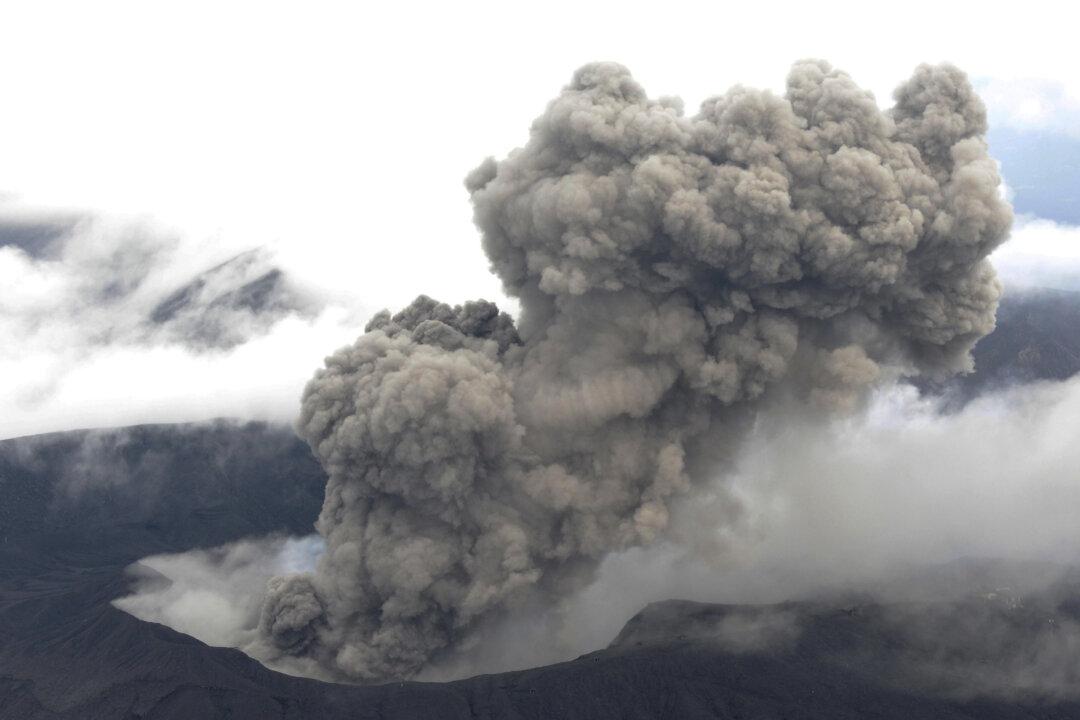The “warming hiatus” that has occurred over the last 15 years has been caused in part by small volcanic eruptions.
Scientists have long known that volcanoes cool the atmosphere because of the sulfur dioxide that is expelled during eruptions. Droplets of sulfuric acid that form when the gas combines with oxygen in the upper atmosphere can persist for many months, reflecting sunlight away from Earth and lowering temperatures at the surface and in the lower atmosphere.
Previous research suggested that early 21st-century eruptions might explain up to a third of the recent warming hiatus.
the prevailing scientific thinking was that only very large eruptions — on the scale of the cataclysmic 1991 Mount Pinatubo eruption in the Philippines, which ejected an estimated 20 million metric tons (44 billion pounds) of sulfur — were capable of impacting global climate.
